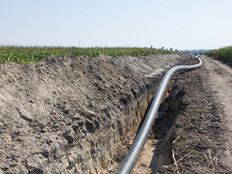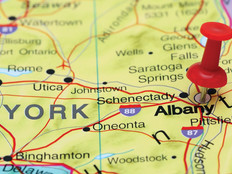Why San Jose Is Embracing the Internet of Things
The city of San Jose, in California, is exploring how the Internet of Things can help to drive its local economy, enhance the quality of life for residents and boost public engagement.
City officials are banking on a new pilot project with Intel to help further their vision of spurring clean-tech innovation and managing the city’s sustainability challenges. The project, called Smart Cities USA, is the first implementation of its kind in the U.S., according to Intel.
As part of the project, San Jose is installing a network of sensors to measure various characteristics, such as air quality, noise pollution and traffic flow. Data collected from the sensors will be analyzed and used to inform decision-makers and drive changes in behavior among city residents.
San Jose’s Green Vision
CIO Vijay Sammeta believes city officials have to consider new approaches as they work through the next phase of San Jose’s Green Vision, a 15-year plan for boosting economic growth and environmental sustainability. The Internet of Things and Smart Cities implementations are ideal methods for engaging the public, Sammeta said at the SmartAmerica Expo in Washington, D.C.
Sammeta explained how and where the sensor technology could be used, including in the city’s downtown core. For example, data from the air-quality sensors can be combined with real-time traffic and parking data and made available to residents as they consider commuting to the downtown area.
“The best way to change behavior is to provide real-time feedback, and the Internet of Things is that opportunity to our residents and businesses,” Sammeta noted in a video about the project. The goal is to nudge behavioral change, which could mean more residents decide to use buses or trains to commute into the city when there’s a lot of traffic.
Having access to real-time data is critical as the city strives to manage its growing population and maintain a good quality of life for its residents. San Jose is the 10th largest city in the U.S., and its population tops one million. By 2040, the city expects to see a 40 percent increase in population.
Sammeta sees the project as an opportunity for smart growth as the city looks to reinvent the urban experience.









